Introduction
Regular women face a difficult time every month when they have to deal with menstrual pain. Rather than depending only on drugs one can use other means that are natural. To ease the discomfort that comes with periods, yoga has been proved very helpful. It is very effective as it also helps to improve the quality of life. Here are some of the specific yoga poses that one should do if they want to relieve menstrual cramps and feel better.
Why Yoga for Menstrual Pain?
Yoga helps in reducing stress and balancing hormones which may worsen menstrual pain, it does not only cater for the physical symptoms of the periods. To make your menstruation bearable, gentle stretching and deep breathing can relieve cramps, bloating as well as mood swings.
Top Yoga Asanas for Menstrual Pain Relief
Most women grapple with menstrual cramps monthly, which makes them heavily reliant on drugs to ease the pain However, yoga offers an organic and holistic way to manage this agony. Certain yoga poses can relieve the cramps, lower the belly swellings and also regulate moods through relaxation and increased blood flow. Taking up these mild postures that give back nurture will change your period moments for the better by providing a calmative that advances mental and physical health. Learn how to use yoga effectively and naturally in dealing with menstrual pain.
1. Supine Bound Angle Pose (Supta Baddha Konasana)
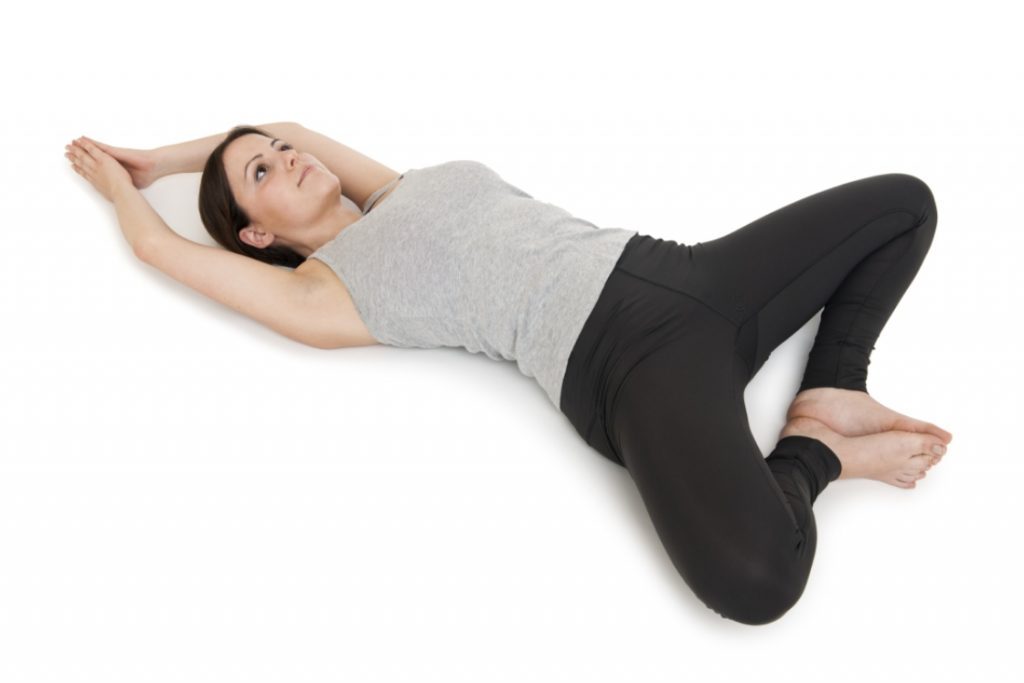
How to do it: Lie on your back and bend your knees. Bring the soles of your feet together, letting your knees fall open to the sides. Use pillows for support under your head and back if you need to.
Benefits: Releasing the pelvic area, hence able to reduce menstrual cramps and induce relaxation. This posture also benefits in increasing the flow of blood into the pelvic region and reduces stress.
2. Balasana (Child’s Pose)
How Do It: Kneeling on the floor, sit back on your heels. Reach your arms forward as your torso lowers between your thighs.

Benefits: Child’s Pose gently stretches the hip and lower back while releasing any held tension in the back. It can also be considered as a calming posture, through which reducing stress and anxiety can be achieved.
3. Setu Bandhasana (Bridge Pose)
How to do it: Lie on your back, bend your knees, and place your feet flat on the floor. Lift your hips towards the ceiling, interlacing your hands beneath your back for support.
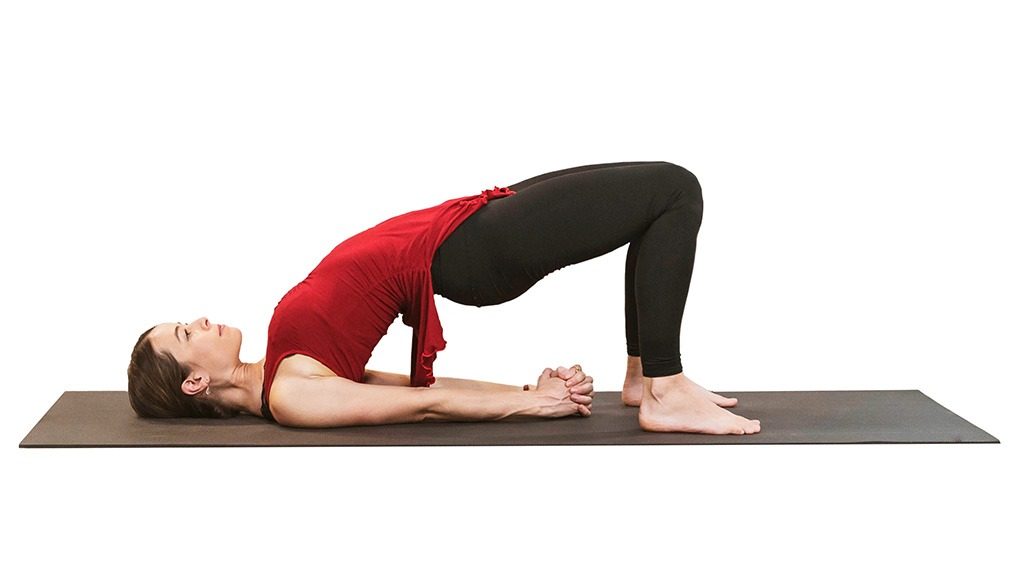
Benefits: Strengthens the back muscles and alleviates lower back pain. This pose also opens the chest and improves digestion, which can be beneficial during menstruation.
4. Adho Mukha Svanasana (Downward-Facing Dog)
How to do it: Start on your hands and knees, lift your hips, and straighten your legs, forming an inverted V shape.
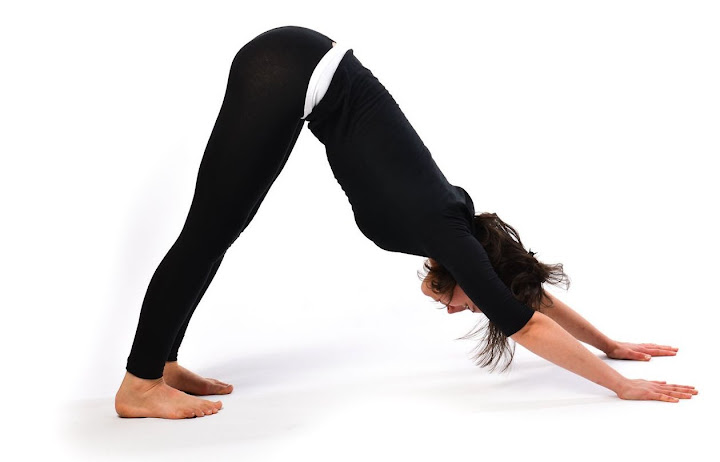
Benefits: This pose increases blood circulation, stretches the back, and calms the mind. It helps in relieving headaches and fatigue, common issues during menstruation.
5. Janu Sirsasana (Head-to-Knee Forward Bend)
How to do it: Sit with one leg extended and the other bent, bringing the sole of the foot to the inner thigh of the extended leg. Reach forward to grasp the foot of the extended leg.
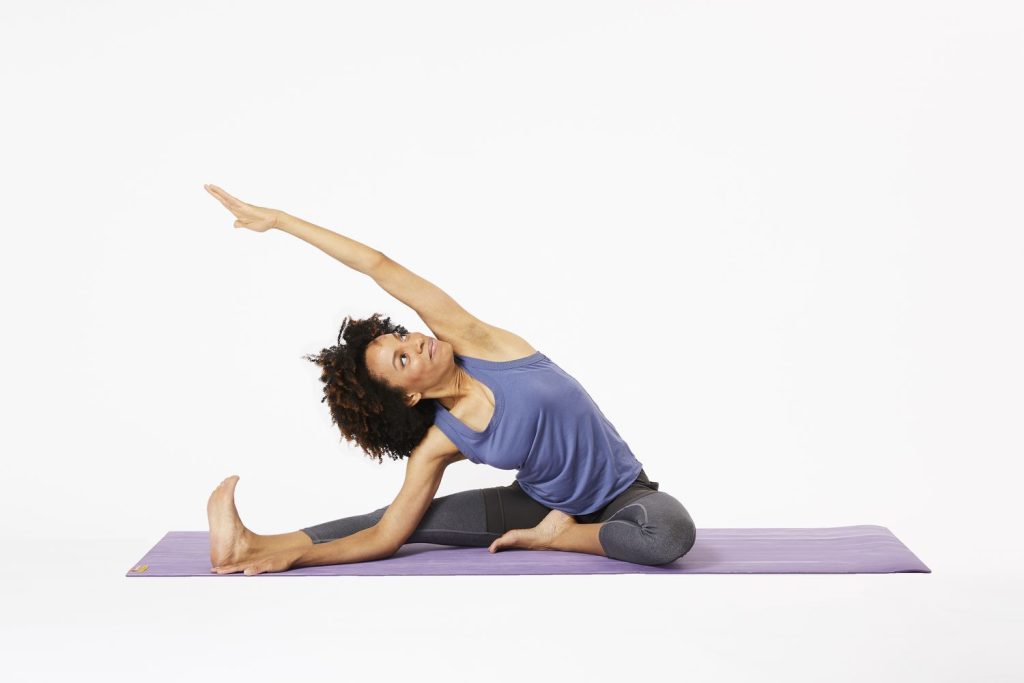
Benefits: This forward bend soothes the nervous system, stretches the spine, and can relieve headaches and menstrual cramps. It’s also a grounding pose that helps in reducing stress.
6. Paschimottanasana (Seated Forward Bend)
How to do it: Sit with your legs extended straight in front of you, reach forward, and grasp your feet or ankles.
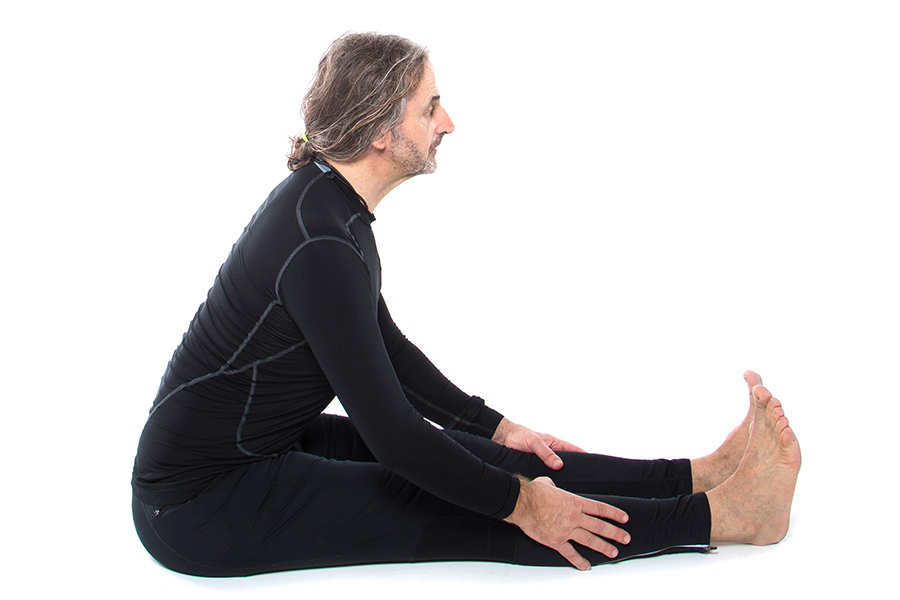
Benefits: This pose stretches the entire back body, alleviating back pain and calming the mind. It also helps in improving digestion and reducing anxiety.
7. Enhancing Relief with Breathwork:
Integrating pranayama, or controlled breathing, with these asanas can enhance their effectiveness. Practices like Nadi Shodhana (Alternate Nostril Breathing) and Anulom Vilom help in calming the mind and balancing the body’s energy, providing additional relief from menstrual pain.
Detailed Guide to Pranayama:
1 Nadi Shodhana (Alternate Nostril Breathing):
How to do it: Sit in a comfortable position. Close your right nostril with your thumb and inhale through the left nostril. Close the left nostril with your ring finger and exhale through the right nostril. Continue this pattern.
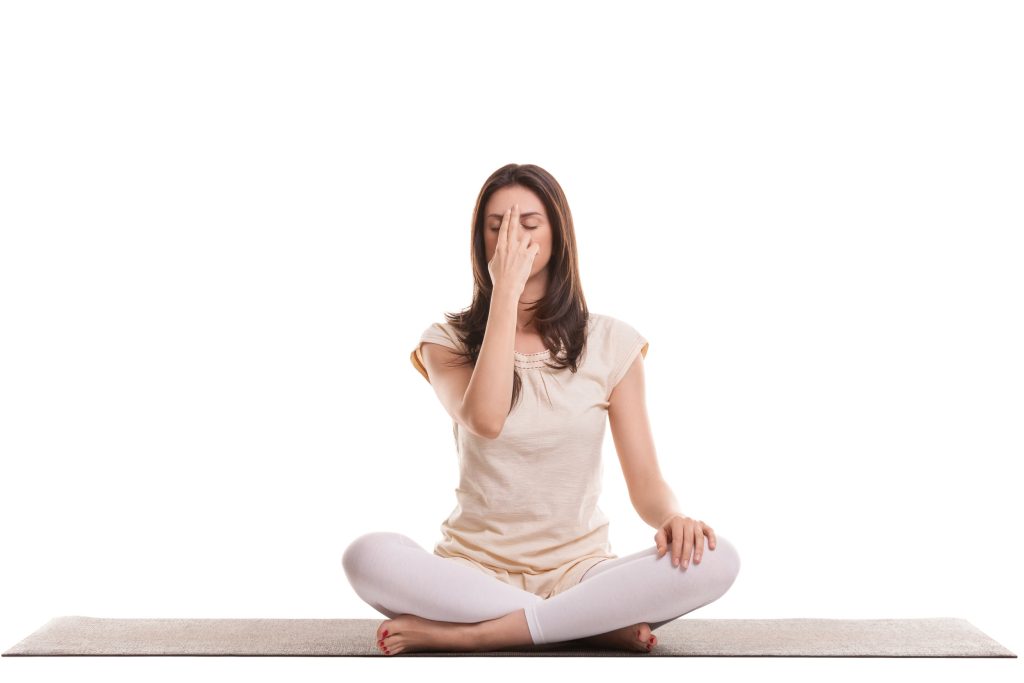
Benefits: Balances the nervous system, reduces stress, and promotes relaxation.
2. Anulom Vilom:
How to do it: Similar to Nadi Shodhana, this practice involves alternate nostril breathing but focuses on maintaining a steady, rhythmic pattern.
Benefits: Enhances mental clarity, reduces anxiety, and helps in balancing the body’s energy flow.
3. Combining Yoga with a Healthy Lifestyle:
To maximize the benefits of yoga for menstrual pain, combine these asanas with a healthy lifestyle. Maintain a balanced diet rich in fruits, vegetables, and whole grains. Stay hydrated and avoid caffeine and sugary foods that can worsen menstrual symptoms. Regular exercise, adequate sleep, and stress management techniques such as meditation can also contribute to reducing menstrual discomfort.
Tips for Practicing Yoga During Menstruation:
- Listen to Your Body: It’s essential to pay attention to how your body feels during your practice. If a pose feels uncomfortable, modify it or skip it altogether.
- Use Props: Utilize yoga props like bolsters, pillows, and blankets for added support and comfort.
- Stay Gentle: Focus on gentle, restorative poses rather than intense, high-energy sequences.
- Practice Regularly: Consistency is key. Regular practice, even outside of your menstrual period, can help in reducing overall discomfort.
Conclusion:
Menstrual pain doesn’t have to dominate your life. By incorporating these yoga asanas into your routine, you can find natural relief and improve your overall well-being. Remember, consistency is key. Practice these poses regularly, and you’ll likely notice a significant reduction in discomfort and an increase in your sense of balance and tranquility. Yoga is more than just a physical practice; it’s a pathway to holistic health, offering benefits that extend beyond menstrual pain relief.
In conclusion, managing menstrual pain naturally through yoga is an empowering choice. By integrating these specific asanas into your daily routine, you can experience relief from cramps, reduce stress, and enhance your overall well-being. Yoga offers a holistic approach that not only addresses physical discomfort but also promotes mental and emotional balance. Embrace these practices, stay consistent, and discover the transformative power of yoga in your life.



